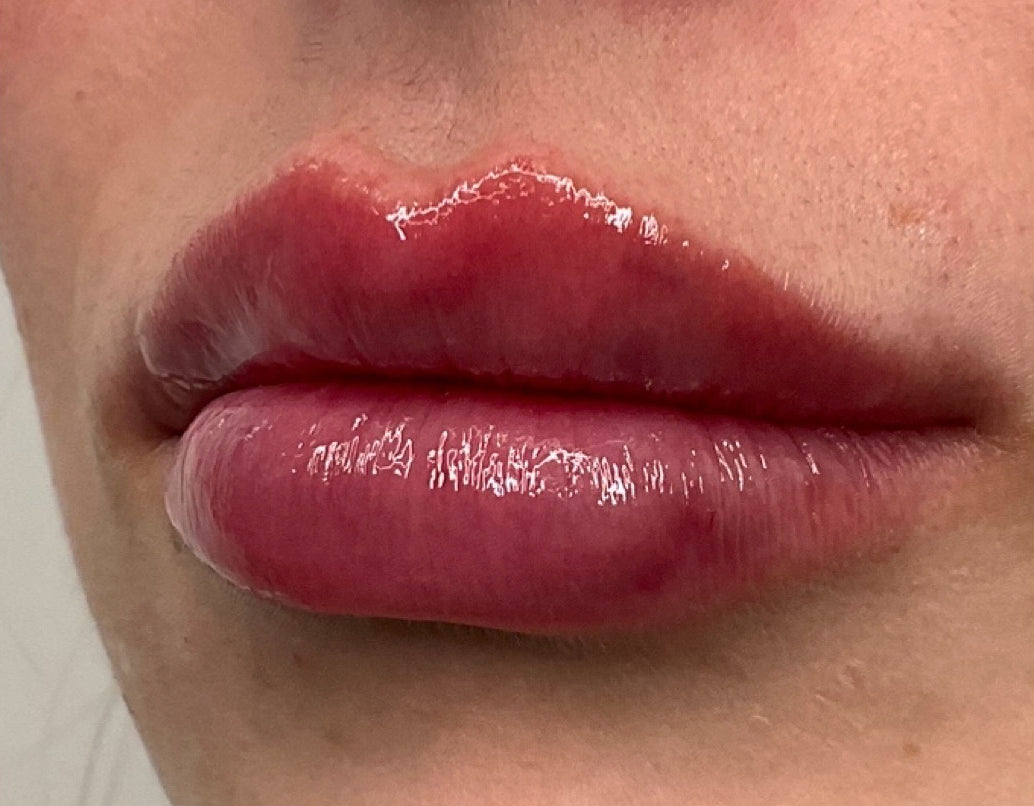As the days grow longer and the sun shines brighter, it’s tempting to spend more time outdoors. However, increased sun exposure can take a toll on your skin, leading to premature aging, hyperpigmentation, and sun damage. The good news? With the right skincare routine and protective measures, you can repair and prevent sun-damaged skin this spring.
In this guide, we’ll explore how sun exposure affects your skin, the signs of damage to look out for, and practical tips to restore and protect your complexion—so you can enjoy the sunny season with healthy, glowing skin.
Understanding Sun Damage: What Happens to Your Skin?
Before diving into repair and prevention tips, it’s helpful to understand how the sun impacts your skin. The sun emits two types of ultraviolet (UV) rays:
- UVA Rays: Penetrate deeper into the skin, contributing to premature aging, wrinkles, texture, and hyperpigmentation.
- UVB Rays: Affect the outer layer of skin, causing sunburns and playing a key role in skin cancer development.
Over time, repeated exposure to these rays damages the skin’s DNA, breaks down collagen and elastin, and triggers an overproduction of melanin—resulting in sun spots, fine lines, and uneven skin tone.
Signs of Sun-Damaged Skin
Wondering if your skin is showing signs of sun damage? Here are common indicators:
- Hyperpigmentation: Dark spots, melasma, or uneven skin tone caused by excess melanin production.
- Fine Lines & Wrinkles: Loss of collagen and elastin from UV exposure, leading to premature aging.
- Dryness & Dehydration: Sun exposure strips the skin of its natural moisture, leaving it parched and flaky.
- Redness or Inflammation: Sunburns or chronic irritation caused by prolonged UV exposure.
- Loss of Firmness: UV rays break down collagen, resulting in sagging or lack of elasticity.
If you’re experiencing any of these, don’t worry—there are effective ways to repair your skin and prevent further damage.
How to Repair Sun-Damaged Skin This Spring
While it may not be possible to completely reverse sun damage, targeted skincare and professional treatments can significantly improve your skin’s appearance and health.
Hydrate and Replenish Your Skin Barrier
Sun exposure weakens your skin’s protective barrier, making it more prone to dryness and irritation. Rebuilding this barrier is essential for healthy, resilient skin.
- Use a hydrating cleanser: Opt for a gentle cleanser that won’t strip your skin of natural oils. We recommend the Face Reality Barrier Balance Creamy Cleanser, iS Clinical Cleansing Complex, and Hydrinity Prelude Facial Cleanser.
- Incorporate a replenishing moisturizer: Look for products with ceramides, hyaluronic acid, and glycerin to restore hydration and strengthen the skin barrier. We recommend the Alastin Ultra Nourising Moisturizer, Hydrinity Hydri-C Daily Vitamin C Moisturizer, and Epicutis Hyvia Cream to achieve this goal.
- Add a hydrating serum: Serums with ingredients like niacinamide and peptides can improve elasticity and reduce inflammation. We recommend the Hydrinity Restorative HA or Renewing HA Serum, and the Alastin Restorative Skin Complex.
Brighten and Even Out Skin Tone
If you’re dealing with sunspots or uneven pigmentation, brightening products can help restore a more even complexion.
- Vitamin C: A powerful antioxidant that reduces dark spots and protects against free radicals. We recommend the Alastin C-RADICAL Defense Antioxidant Serum and the iS Clinical Pro-Heal Serum.
- Niacinamide: Helps fade pigmentation, reduce redness, and strengthen the skin barrier. We recommend the Hydrinity Vivid Brightening Serum and Alastin A-Luminate Brightening Serum.
- Exfoliating acids: AHAs (like glycolic acid) or BHAs (like salicylic acid) gently slough off damaged skin cells, revealing brighter skin.
Consider Professional Treatments
For more intensive sun damage repair, consider booking a treatment with a licensed skincare professional. A few of the treatments we offer at NM Aesthetics include:
- Chemical Peels: Improve skin tone and texture by exfoliating damaged skin layers. Learn more here.
- Microneedling: Stimulates collagen production and reduces the appearance of fine lines and sunspots. Learn more here.
- Laser Therapy: Targets pigmentation and promotes skin renewal. Learn more here.
How to Prevent Sun Damage This Spring
While repairing sun damaged skin is essential, prevention is the key to maintaining healthy skin in the long run. Here’s how to shield your skin effectively this spring:
Wear Daily Sunscreen (Yes, Every Day!)
Sun protection should be a non-negotiable part of your daily routine—even on cloudy days.
- Choose broad-spectrum SPF 30 or higher: Broad-spectrum sunscreens protect against both UVA and UVB rays.
- Reapply sunscreen every two hours: Especially if you’re spending time outdoors or sweating.
- Use a tinted SPF (especially if you have melasma or are prone to hyperpigmentation): For added protection against visible light, which can also contribute to hyperpigmentation. We recommend tinted sunscreens from EltaMD.
Seek Shade and Wear Protective Clothing
When spending time outdoors, seek shade during peak sun hours (10am - 4pm) and wear protective gear.
Stay Hydrated and Eat Skin-Boosting Foods
Healthy skin starts from within. Keep your skin hydrated and nourished by:
- Drinking plenty of water: Prevents dehydration and keeps skin plump.
- Eating antioxidant-rich foods: Berries, leafy greens, and nuts help fight free radicals.
- Incorporating omega-3s: Fatty acids (found in salmon, flaxseeds, and walnuts) strengthen the skin barrier.
Your Spring Skincare Routine Made Simple
Spring is the perfect time to refresh your skincare routine and give your skin the repair and protection it needs. By incorporating hydrating, soothing, and collagen-boosting products, you can restore your skin’s health while preventing further sun damage.
If you’re ready to build a sun-smart skincare routine, explore our top-rated products for repairing and protecting your skin this spring—or request an appointment with NM Aesthetics for personalized advice on creating your ideal spring skincare regimen.


